In 2025, LangChain for Competitive Analysis Framework is changing how businesses and startups gather, process, and evaluate competitive intelligence. With rapid growth in AI-powered tools, LangChain is now one of the most trusted frameworks because it combines data sources, Retrieval-Augmented Generation (RAG), and evaluation metrics into a single unified system.
Thank you for reading this post, don't forget to subscribe!This guide explains, in simple words, how LangChain works for competitive analysis, why it matters in 2025, and how you can use it in real-world projects.
What is LangChain for Competitive Analysis?

At its core, LangChain is a framework for developing applications powered by large language models (LLMs). When applied to competitive analysis, it helps businesses collect, organize, and interpret huge amounts of unstructured and structured data.
Traditional competitive analysis required manual research across websites, reports, and databases. In contrast, LangChain automates this by:
- Connecting to multiple data sources (websites, APIs, PDFs, customer reviews, market research).
- Using RAG (Retrieval-Augmented Generation) to retrieve relevant information on demand.
- Evaluating insights with clear metrics, making them actionable for strategic decision-making.
With this, businesses can answer both strategic questions (e.g., “Who are my top three competitors?”) and operational questions (e.g., “What pricing trends should I watch this quarter?”).
Why Businesses Trust LangChain in 2025
The biggest strength of LangChain is that it’s open, flexible, and developer-friendly. Whether you’re a startup founder, market researcher, or data analyst, you can adapt LangChain to your exact needs.
Key advantages in 2025:
- Flexible integration with APIs, custom datasets, and databases
- Faster insights compared to manual competitive research
- Scalable frameworks that work for both small teams and large enterprises
- Supportive documentation and examples via LangChain documentation, LangChain examples, and LangChain github
Core Components of Competitive Analysis with LangChain
1. Connecting Data Sources
Competitive analysis starts with gathering data. LangChain offers connectors and APIs for:
- Public web data: competitor websites, product pages, job listings
- Market databases: financial reports, investment platforms
- Customer voices: reviews, support forums, community discussions
- Internal company data: CRM, sales pipelines
By using LangChain tools, you can seamlessly bring these sources together without relying on manual searches.
2. Retrieval-Augmented Generation (RAG) for Insights
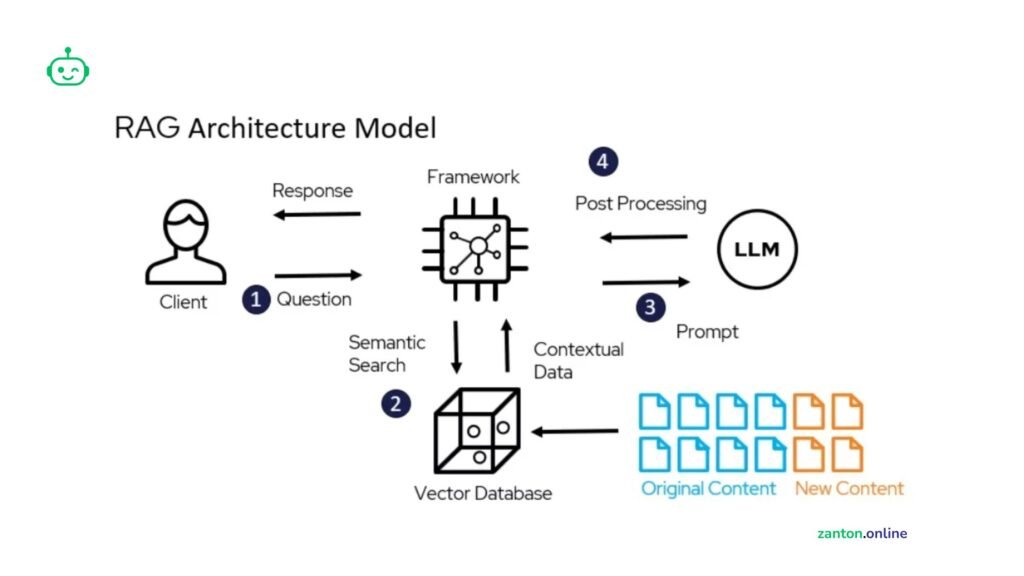
RAG is the engine that makes LangChain ideal for competitive analysis. Instead of relying on a model’s training data alone, LangChain retrieves the most relevant documents from your chosen sources—then combines them with an LLM’s reasoning ability.
Benefits of RAG in competitive analysis:
- Up-to-date information without retraining a model
- Contextual answers tailored to your industry
- Reduced hallucinations because results are grounded in real retrieved data
Example: Instead of an LLM guessing competitor pricing, LangChain retrieves the actual pricing tables from competitor websites and then explains the patterns.
3. Evaluation and Scoring Metrics
Competitive intelligence isn’t just about gathering information—it’s also about evaluating quality. LangChain supports evaluation frameworks to score findings based on:
- Accuracy (Is the information correct?)
- Relevance (Does it answer the business question?)
- Novelty (Is this new insight compared to what we already know?)
- Actionability (Can this insight guide a decision or strategy?)
This layer ensures that insights are reliable, not just interesting.
LangChain Documentation, Tutorials, and Examples
For newcomers, understanding LangChain doesn’t require deep coding skills. The following resources are highly valuable in 2025:
- LangChain documentation: Official step-by-step guides covering API usage, frameworks, and integrations.
- LangChain examples: Pre-built workflows showing real-world cases, from question answering to competitive research.
- LangChain tutorial: Beginner-friendly video and text guides to quickly build your first agent.
- LangChain github: Full open-source codebase, ongoing updates, and live community discussions.
LangChain vs Alternatives for Competitive Analysis
Today, there are several tools competing with LangChain.
The most common comparison is LangChain vs LangGraph.
| Feature | LangChain | LangGraph | Other LangChain Alternatives |
|---|---|---|---|
| Focus | General-purpose LLM framework with strong RAG | Graph-based workflows specialized for multi-agent systems | Closed-source AI assistants, workflow tools like Zapier AI |
| Ease of use | Easy for beginners via tutorials | More advanced; best for technical teams | Usually easy but less customizable |
| Data connectivity | Wide integrations (APIs, docs, DBs) | Strong in multi-agent data flows | Limited |
| Best use case | Competitive analysis, chatbots, knowledge management | Multi-agent AI simulations | Simple automation |
For competitive analysis specifically, LangChain is much better because of its reliable RAG support and evaluation frameworks.
Practical Applications of LangChain in Competitive Analysis

In 2025, companies are using LangChain for:
- Tracking competitors’ product launches automatically
- Analyzing pricing models from websites and APIs
- Monitoring sentiment from social media and review platforms
- Researching investor activity and funding trends
- Automated SWOT analysis using structured and unstructured data
This shows why more AI-driven businesses are adopting LangChain for Competitive Analysis Framework as part of their strategy stack.
FAQs
Is LangChain a framework?
Yes, LangChain is a modular framework that connects language models with various data sources, tools, and APIs.
What is the best competitive analysis tool?
In 2025, LangChain is considered one of the best frameworks because it integrates multiple data sources with AI reasoning.
Is LangChain paid or free?
LangChain is open-source and free via its GitHub. Paid services only come if you use premium APIs or enterprise hosting.
What is the best-known framework for analysing competitiveness?
Currently, LangChain for Competitive Analysis Framework is among the most used open solutions.
Which framework is better than LangChain?
For multi-agent environments, LangGraph is sometimes preferred. But for competitive intelligence and RAG, LangChain is still ahead.
What kind of projects use LangChain?
Projects include competitive analysis, chatbots, knowledge retrieval apps, financial trend research, and automation workflows.
Is LangChain the future?
Yes, because it scales across industries, from market research to enterprise AI systems.
Who competes with LangChain?
Competitors include LangGraph, OpenAI tools, and workflow automation platforms like Zapier AI and n8n.
What programming language is LangChain?
LangChain is mainly built in Python and JavaScript, making it easy for developers.
What is the difference between LangChain and LLM?
An LLM is just the model (like GPT-4). LangChain is the framework that connects LLMs to data, tools, and workflows.
Final Thoughts
In 2025, LangChain for Competitive Analysis Framework is no longer just a developer tool—it’s a strategic intelligence platform. With data sources, RAG pipelines, and robust evaluation methods, LangChain is helping businesses turn raw data into clear, competitive advantages.
For businesses exploring langchain documentation, langchain github, langchain examples, langchain tools, and even comparing langchain vs langgraph, the verdict is clear: LangChain remains the most versatile and accessible option for AI-powered competitive analysis.
Would you like me to also create a step-by-step LangChain tutorial workflow for competitive analysis so your readers can replicate the process in real time?


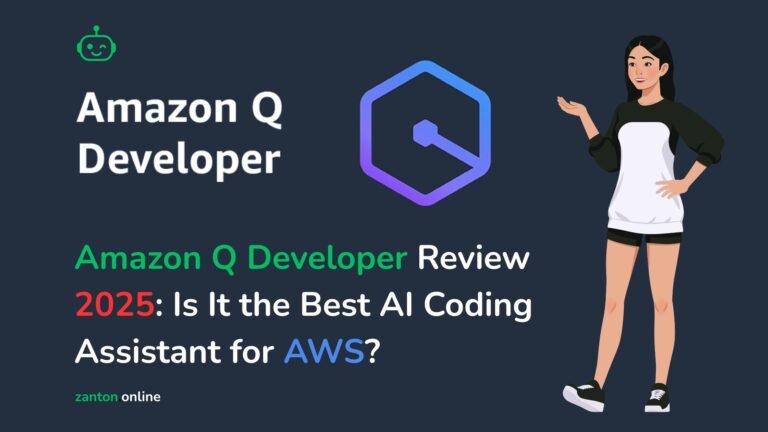
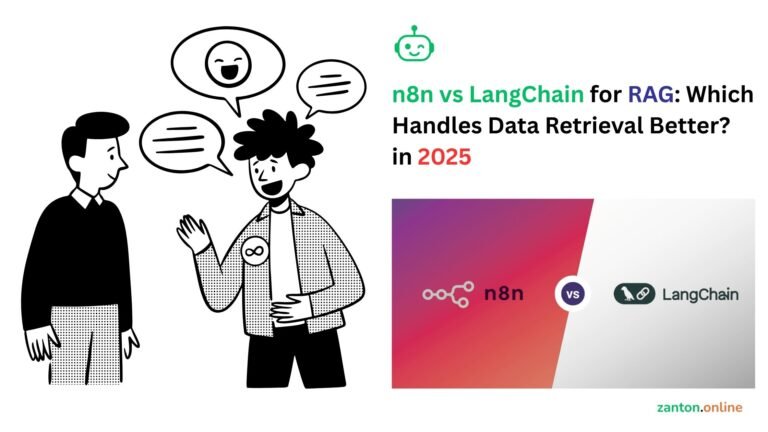
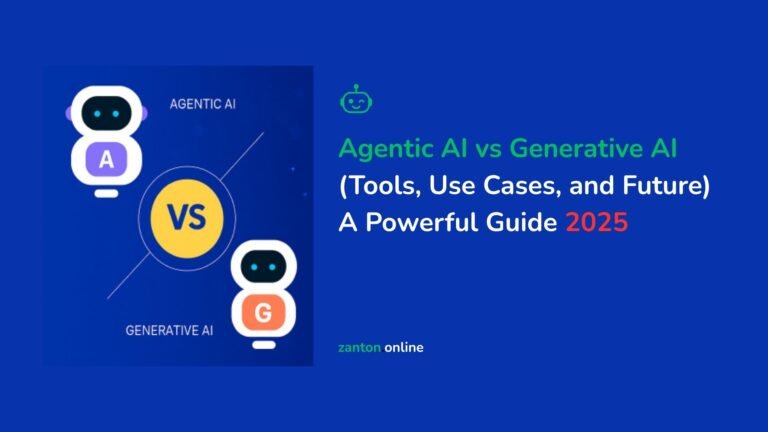

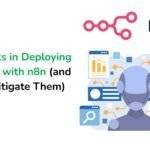
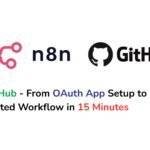

[…] platform like n8n for reliable workflow execution, and a powerful code-first framework like LangGraph or AutoGen for complex, stateful […]
[…] a code framework (Python and JavaScript) designed specifically for building applications powered by Large Language Models (LLMs). It is not a standalone app; it is a library of code that developers use to build […]